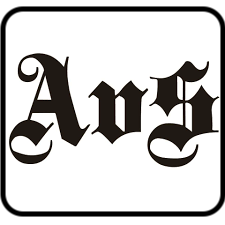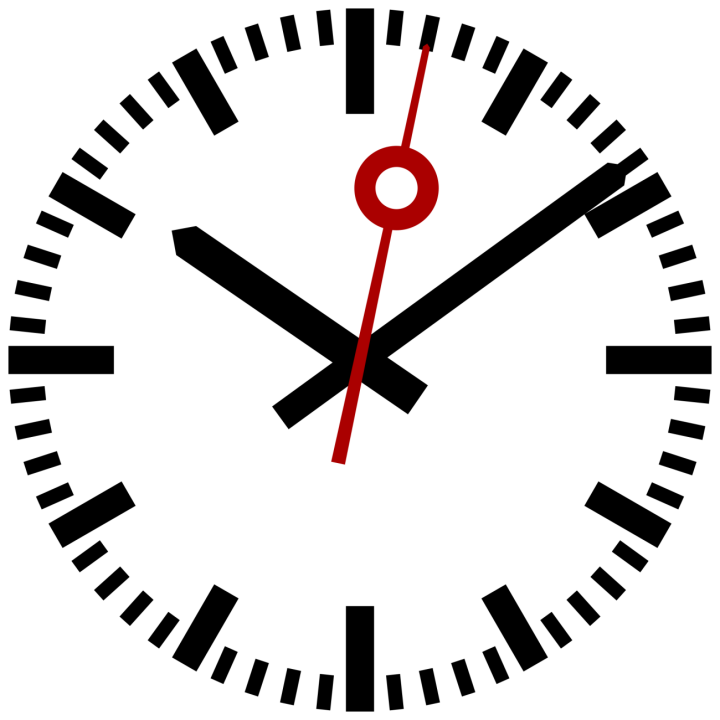EXPAT ADVENTURES
14.01.2023 Expat Adventure, Lifestyle, Expat AdventureAs 2022 draws to a close, towns and cities around the world are putting the finishing touches to their New Year’s Eve plans. In London, Big Ben will once again play a central role, its bongs ringing out across the city after a multi-million pound renovation.
In our house we’ll ...
As 2022 draws to a close, towns and cities around the world are putting the finishing touches to their New Year’s Eve plans. In London, Big Ben will once again play a central role, its bongs ringing out across the city after a multi-million pound renovation.
In our house we’ll also hear a clock announce 2023. In fact we’ll hear the New Year rung in ten times, because, you see, my husband likes clocks. As in, he really likes clocks. Big clocks, small clocks, mantlepiece clocks, wall clocks, this kind of clock, that kind of clock. He takes huge delight winding up their mechanisms with large brass keys and doing a bit of ‘fettling’ if their timekeeping is off. During lockdown he even modified oscilloscopes and multi-meters from the 1960s into – yes, you guessed it – clocks.
I trace this enthusiasm back to all the time he spent as a boy with his grandfather, an amateur clock and watch restorer. A shared interest that became a life-long hobby.
Cuckoo vs. Railway Clocks
So you may find it strange to learn that we have no cuckoo clocks at home. For years I wondered why – I mean after we moved to Switzerland it seemed almost rude not to. But when I asked my husband about this, he gave me a look (yes, that one) and said: “they’re from Germany,” before adding rather ominously, “but I rather like the Swiss railway clocks.”
Uh-oh.
Because as you may have realised, when my husband says he likes a certain clock, it’s more than a passing comment. There is some degree of intent behind the words. But in this case, I can understand the appeal. I agree there is something really rather cool about the clock you’ll find at Swiss railway stations.
It was designed in 1944 by engineer Hans Hilfiker who – rather brilliantly – was an SBB (Swiss Federal Railways) employee at the time. He further simplified it in the early fifties by adding a bright red second hand nicknamed the ‘rote Kelle’ (‘red signal’) to mimic the hand-held signal that station managers used to wave to tell train drivers when they could depart. These days the second hand has been shown to help passengers estimate with greater accuracy the time remaining until their train departs.
The Swiss railway clock has become a famous design classic and symbol of Swiss punctuality around the world. But I like it because of one curious feature – the way the red second-hand pauses at the top while the minute hand appears to hesitate before launching forward a notch. I know it’s to do with the way the clocks across the stations are synchronised via an electrical impulse from the central master clock, but I like to think it’s because the clock hasn’t quite made up its mind whether it wants time to move forward or not.
Silent New Year
From time to time we spot Swiss railway clocks put up for sale at auction. m ons Whether genuine or not, every model we’ve seen is indisputably way too large for my husband to even consider broaching the suggestion of having one.
But with New Year’s Eve coming up, I see at least one benefit he could sell me on: instead of subjecting our ears to a cacophony of clock chimes at midnight, the new year could be announced with a little wobble, then decisive lurch of the minute hand, as if to say “right, let’s get 2023 started!”
Happy New Year.
ANNA CHARLES




